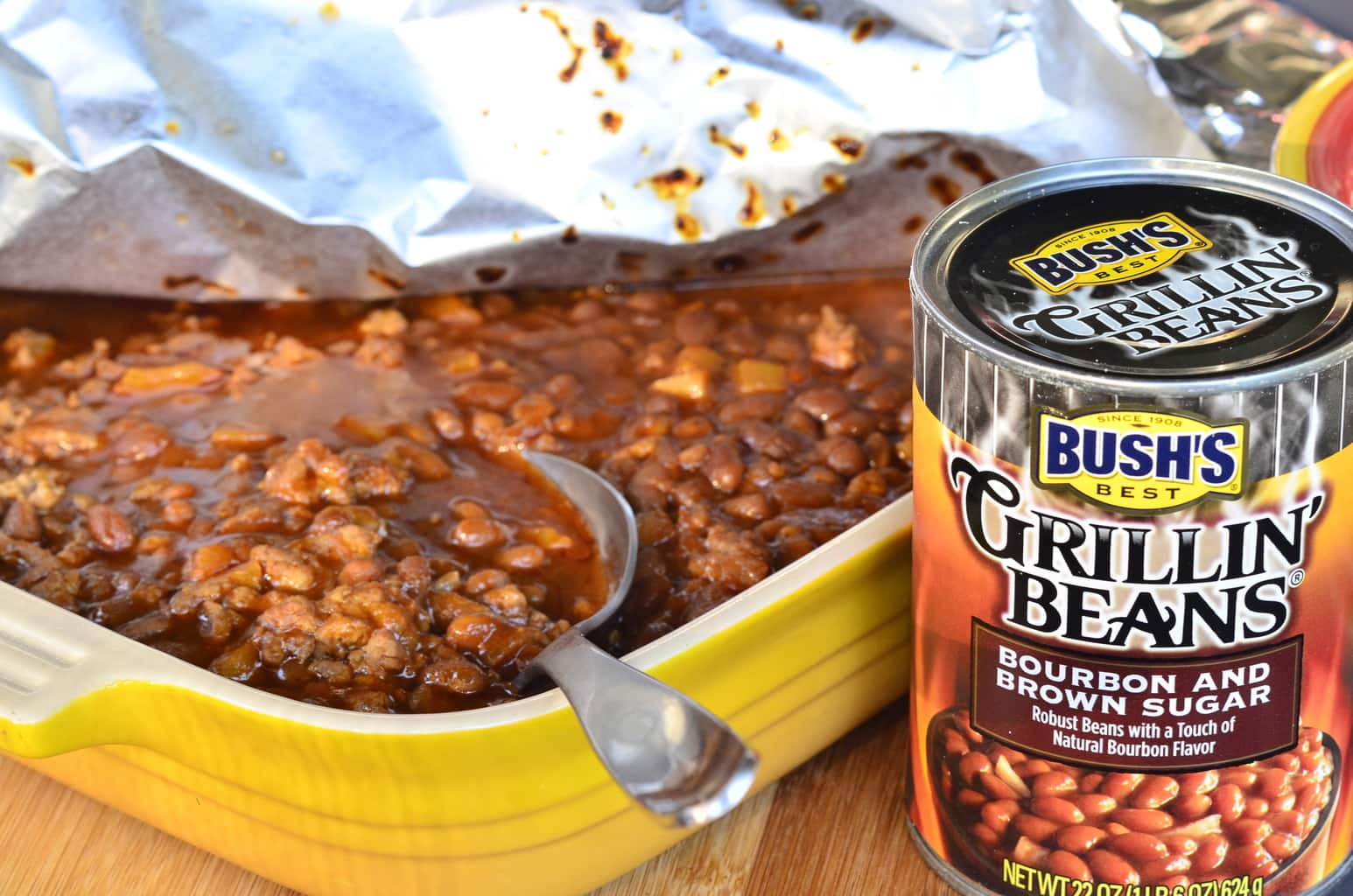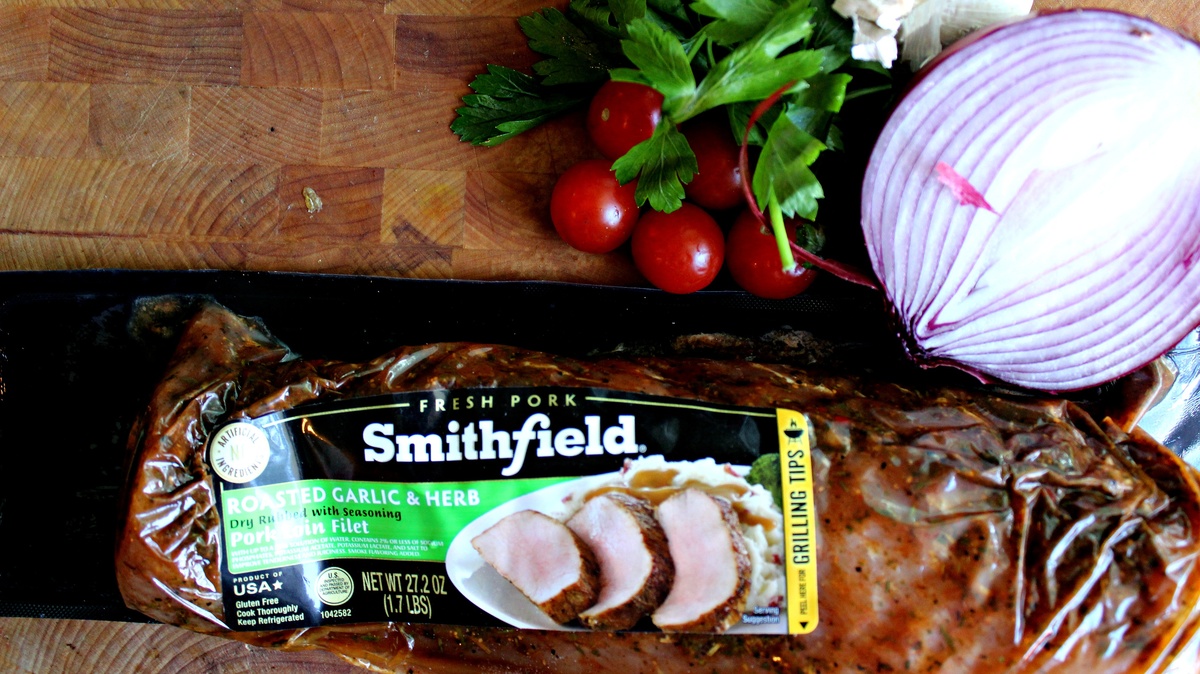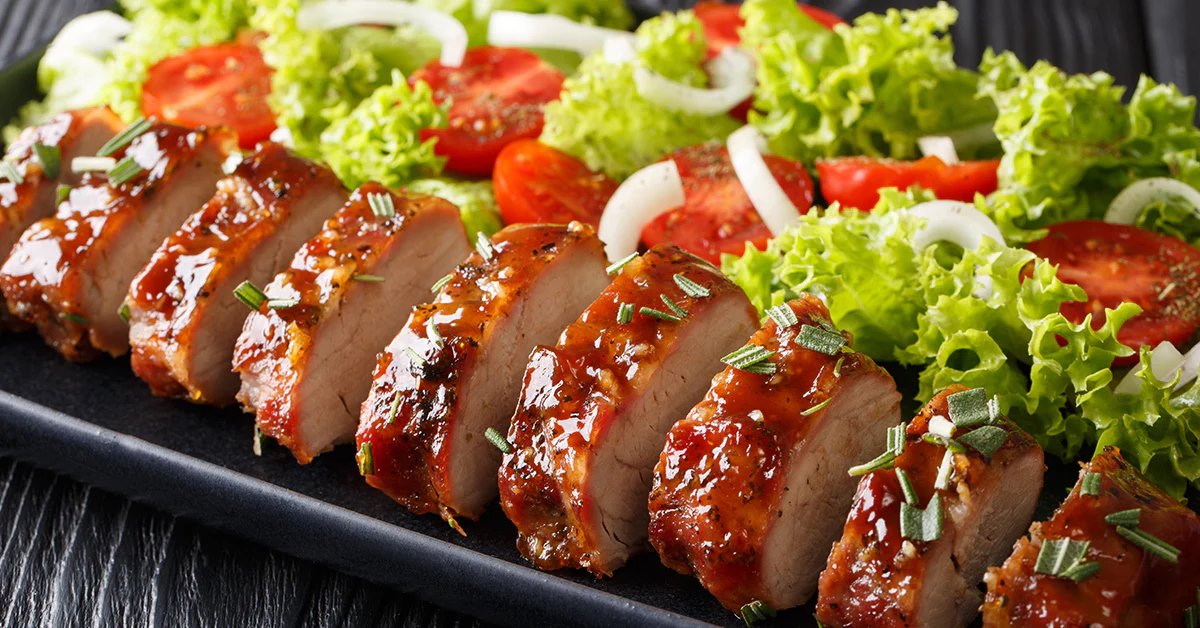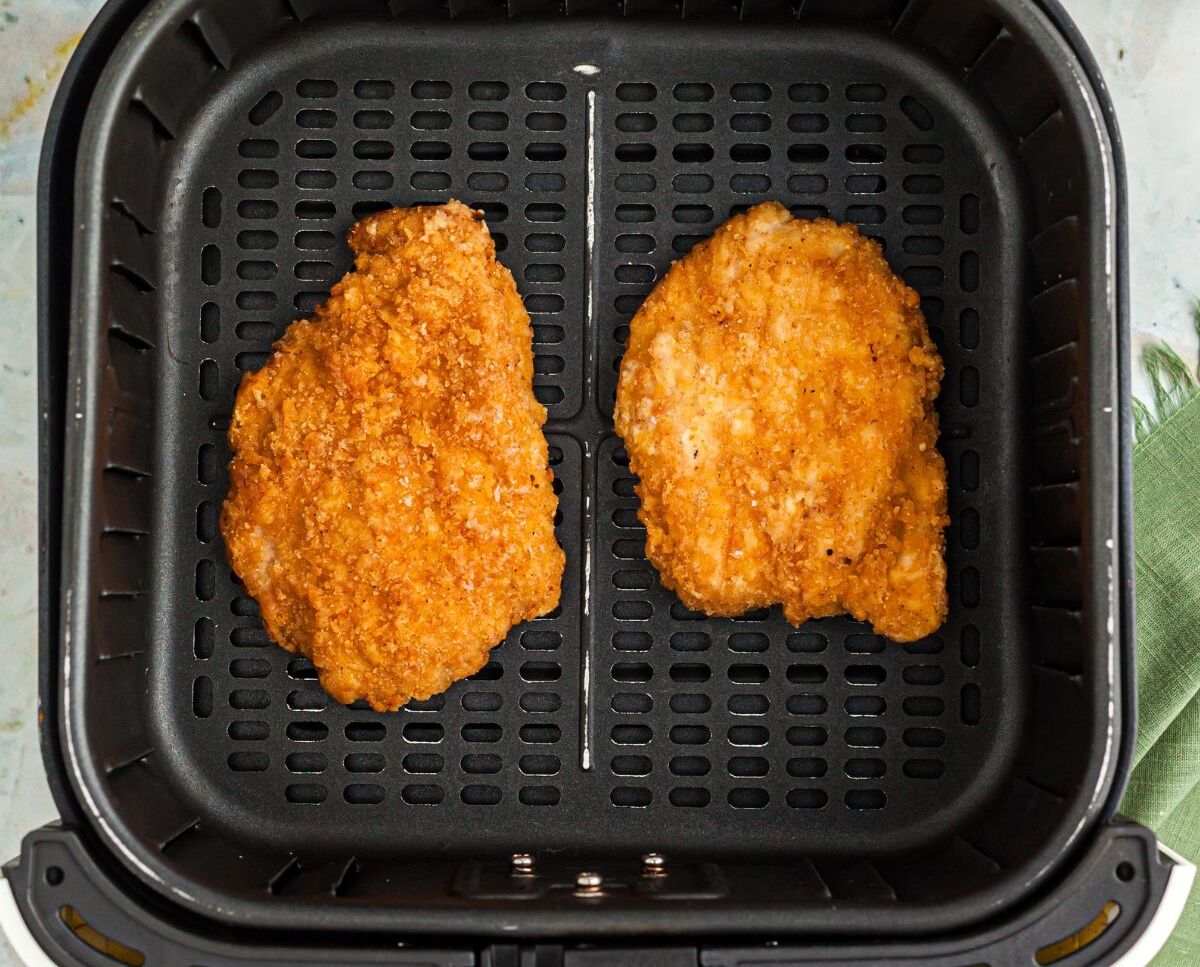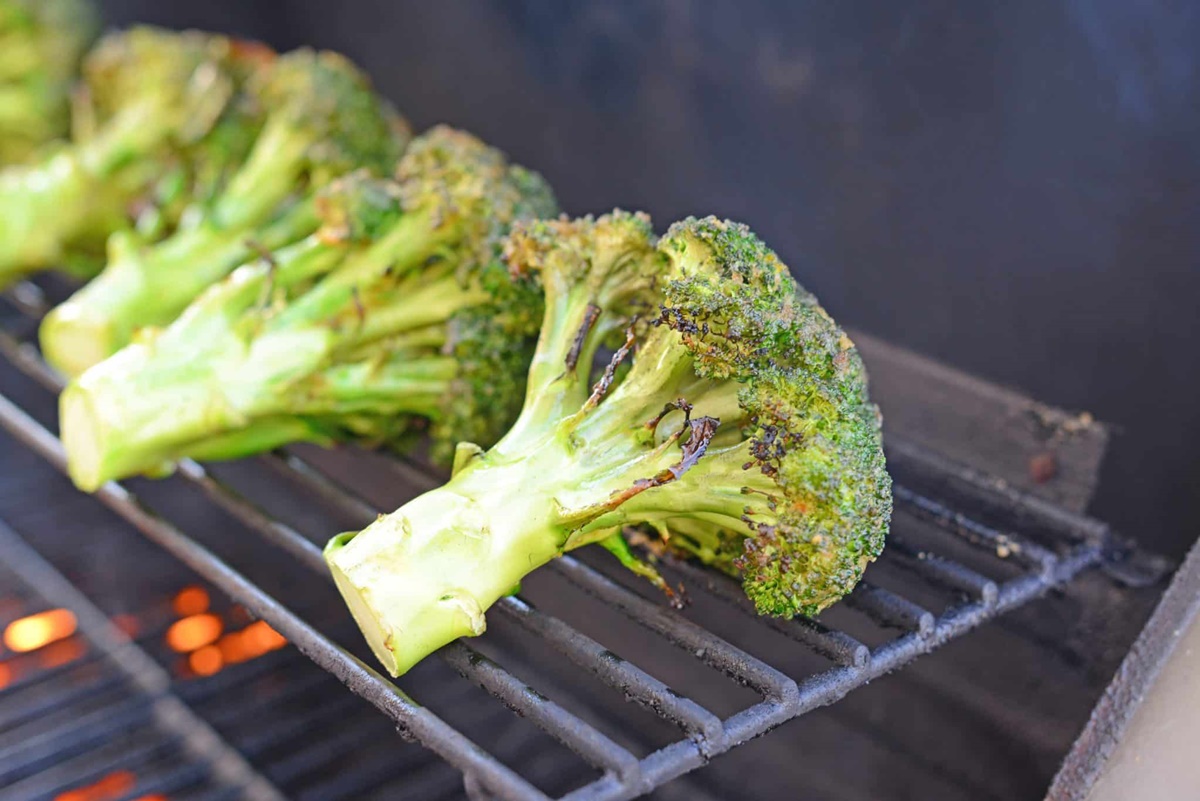Lean & Tasty: Beef Tongue Delights for Your Canine Companion
If you’re looking to add some variety to your dog’s diet, why not try a delicious homemade treat that will have their tail wagging with delight? Cooking beef tongue for your furry friend is a nutritious and tasty option that provides essential nutrients and flavors they will absolutely love. Follow these simple steps to prepare a delectable beef tongue dish that will leave your dog begging for more.
Step 1: Selecting and Preparing the Beef Tongue
When choosing beef tongue for your dog’s meal, opt for a high-quality, fresh, and lean cut of meat. Look for tongue pieces that are plump and free from blemishes. Before cooking, rinse the beef tongue thoroughly with water to remove any surface impurities.
Pro tip: Consider buying organic or grass-fed beef tongue to ensure your dog receives the best possible quality and nutritional benefits.
Step 2: Cooking the Beef Tongue
There are a few different methods to cook beef tongue, but the boiling method is one of the most straightforward options. Here’s a simple recipe to get you started:
- Place the rinsed beef tongue in a large pot and cover it with water.
- Add your dog-friendly vegetables, such as carrots and green beans, to enhance the flavor and nutrient content.
- Bring the water to a boil and then reduce the heat to a simmer.
- Cook the beef tongue for approximately 1-2 hours, or until it is tender and easily pierced with a fork.
Important: Make sure the beef tongue is fully cooked to avoid any potential health risks associated with raw meat consumption.
Step 3: Cooling and Serving
Once the beef tongue is cooked, remove it from the pot and allow it to cool down. It’s important to let it cool completely before serving it to your furry friend to avoid any potential burns.
Pro tip: You can save the cooking liquid as a tasty, homemade broth to use as a flavor enhancer for your dog’s meals.
Once the beef tongue has cooled down, it’s time to slice it into small, manageable pieces for your dog. Remove any excess fat or skin and cut the meat into bite-sized portions that are suitable for your dog’s size and eating preferences.
Pro tip: If you have a smaller dog, consider cutting the beef tongue into smaller pieces to make them easier to chew and digest.
Final Thoughts
Now that you know how to cook beef tongue for your dog, you can provide them with a nutritious and delicious protein-rich meal full of flavor. Remember, moderation is key, and it’s always a good idea to consult with your veterinarian before introducing any new foods into your dog’s diet.
So, go ahead and treat your furry friend to a homemade delicacy. They’ll appreciate the love and care you put into preparing their special meal!
Was this page helpful?
Read Next: How To Cook T-Bone Steak In A Slow Cooker
